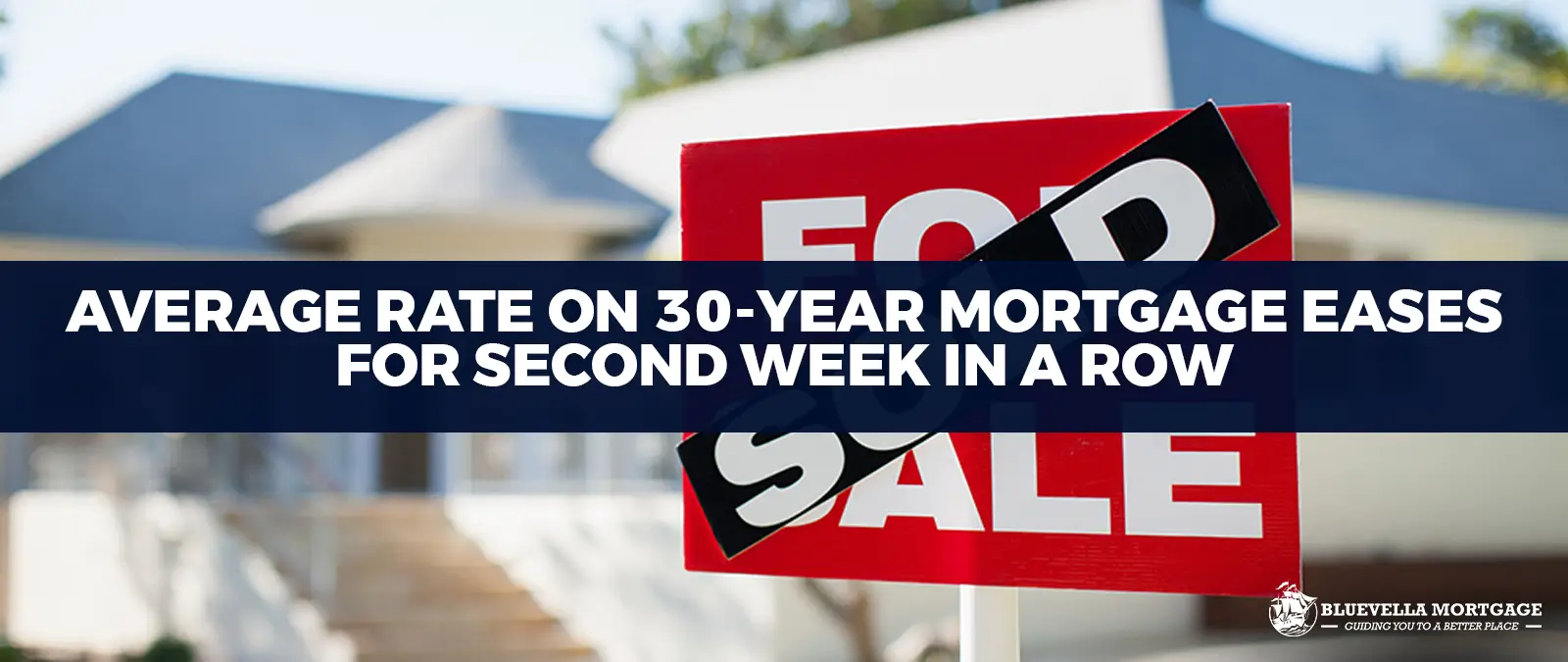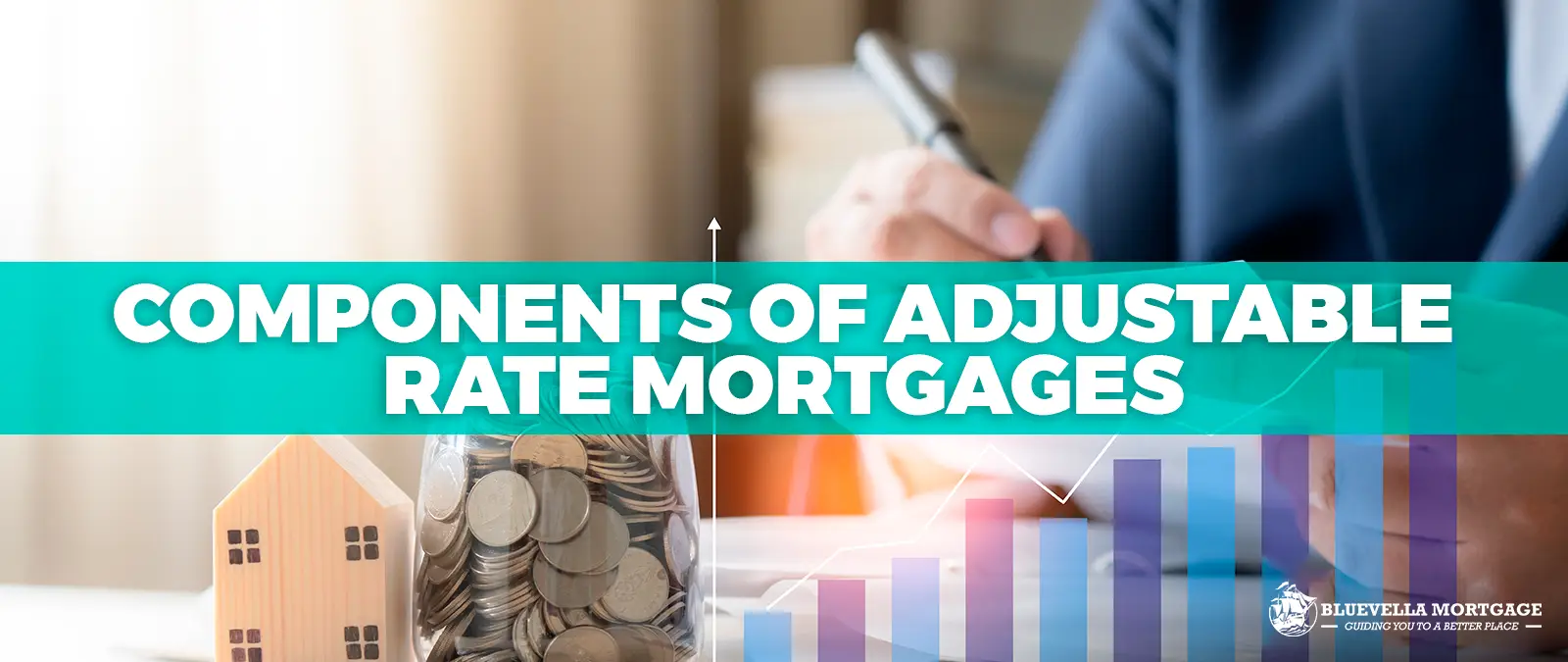Introduction to Mortgage Rates
30-Year mortgage rates play a crucial role in the real estate market, serving as a significant financial factor for potential homebuyers and influencing economic conditions. These rates are the interest percentages charged by lenders on home loans, and they can fluctuate based on various economic indicators, including inflation, the Federal Reserve’s monetary policy, and overall market trends.
For homebuyers, the rate at which they secure a mortgage directly impacts their monthly payments and the overall cost of purchasing a home. A lower mortgage rate can translate into substantial savings over the life of the loan, making homeownership more accessible and affordable. Conversely, higher rates can deter buyers from entering the market, potentially leading to reduced housing demand and slower economic growth.
In addition to affecting individual buyers, mortgage rates also have broader implications for the housing market and the economy. When mortgage rates are low, it tends to stimulate home buying, leading to increased construction, higher sales of related goods and services, and enhanced consumer confidence. This can contribute to overall economic growth. On the other hand, rising rates might cool down a previously heated housing market, ultimately impacting economic performance.
Understanding the dynamics of mortgage rates is integral for anyone considering a property purchase or investment. By keeping an eye on rate trends, potential homebuyers can make informed decisions that align with their financial goals. As we delve into recent changes in mortgage rates, we will examine their implications and provide insights into what these shifts may mean for current and prospective homeowners.
Read more: How to Pay Off Your 30-Year Mortgage Faster?
Current Trends in 30-Year Mortgage Rates
The 30-year mortgage rate has recently demonstrated a notable easing trend, marking its second consecutive week of decline. According to the latest data published by financial institutions, the average rate has decreased, providing homebuyers and homeowners looking to refinance a more favorable borrowing environment. This trend has been observed in various markets across the country, with some regions experiencing more pronounced decreases than others.
For instance, the average 30-year fixed mortgage rate now stands at approximately 7.1%, down from the previous week’s rate of 7.3%. This change can be attributed to several factors including shifts in the Federal Reserve’s monetary policy, fluctuations in the bond market, and changing economic indicators. As more prospective buyers enter the market, the demand for mortgages might increase, potentially influencing future rates. Nonetheless, the current drop is a welcome sign for many.
Visual aids such as charts and graphs reveal a steady decline in rates over the past several weeks, indicating a broader trend rather than just short-term changes. Analysts are closely monitoring these fluctuations as they can have significant implications not only for potential homeowners but also for the overall housing market. Many real estate experts predict that sustained lower rates may spur increased home buying activity, consequently affecting inventory levels and home prices in the near future.
Furthermore, the connection between 30-year mortgage rates and economic conditions cannot be overlooked. As inflation concerns persist and employment rates remain variable, prospective buyers often weigh the implications of rising affordability concerns against the backdrop of interest rates. Overall, these trends paint a dynamic picture of the current housing landscape, suggesting potential opportunities for both buyers and sellers.
Factors Influencing Mortgage Rate Changes
The dynamics of mortgage rates are influenced by a myriad of factors that reflect the ever-evolving economic landscape. Among these influences, economic indicators play a pivotal role. Key metrics such as the unemployment rate, Gross Domestic Product (GDP) growth, and consumer confidence indexes serve as vital signs of the economy’s health. When these indicators show strength, financial markets may anticipate higher inflation, prompting a rise in mortgage rates. Conversely, weaker economic data often leads to lower rates as investors seek the safety of government bonds.
Inflation rates are another significant component affecting mortgage rates. The relationship between inflation and interest rates is profound; as inflation rises, lenders typically increase rates to maintain their purchasing power. Central to this dynamic is the Federal Reserve, which employs monetary policy tools to influence interest rates. The Fed’s decisions to raise or lower the federal funds rate directly impact mortgage rates. For instance, in a bid to combat high inflation, the Fed may implement a series of rate hikes, leading to an increase in borrowing costs for homebuyers.
Market demand and supply scenarios also contribute significantly to mortgage rate fluctuations. In periods of high demand for housing, buyers may compete for a limited number of homes, prompting lenders to raise rates. Similarly, if there is an oversupply of homes, lenders may lower rates to attract buyers and stimulate sales. This interplay of supply and demand highlights how competitive market conditions can sharply impact mortgage rates. Understanding these multifaceted influences is crucial for potential homebuyers and investors as they navigate the complexities of the mortgage landscape.
Impacts on Homebuyers
The recent decline in the average rate on 30-year fixed mortgages has significant implications for homebuyers, particularly for those seeking to enter the market. As mortgage rates ease, the affordability of homes increases, which can lead to a range of positive outcomes for prospective buyers. Lower interest rates mean that monthly mortgage payments can be reduced, allowing homebuyers to purchase properties that may have previously been out of reach.
This easing trend in mortgage rates is especially beneficial for first-time homebuyers who typically have a tighter budget. With the cost of borrowing lower, these individuals may find it easier to secure financing for their first home. It may also encourage them to explore a broader selection of properties since the overall financial burden associated with a mortgage becomes less daunting. For many, this can be a catalyst to finally transition from renting to owning, an aspiration that is often constrained by financial considerations.
Furthermore, the decrease in mortgage rates can potentially stimulate the housing market overall. As affordability improves, more buyers are likely to participate in the market, leading to increased demand for homes. This surge in interest can energize both new construction and existing home sales, potentially contributing to a more vibrant real estate environment. It is important to note, however, that while lower interest rates are favorable, other factors such as regional market conditions, property availability, and overall economic stability also play significant roles in shaping the housing market landscape.
As such, the implications of the current mortgage rate trends extend beyond immediate affordability, influencing both buyer behavior and market dynamics. With an improved borrowing climate, homebuyers are presented with opportunities that may empower them to make informed, strategic decisions regarding their home purchasing journey.
Refinancing Opportunities
The current fluctuations in mortgage rates present an advantageous scenario for homeowners contemplating refinancing their existing mortgages. With the average rate on 30-year mortgages easing for the second consecutive week, many may find it opportune to reassess their financial commitments and potentially secure more favorable terms. Refinancing can lead not only to lower monthly payments but also to significant savings over the life of the loan, thereby easing financial burdens associated with high-interest rates.
One of the primary motivators for refinancing is the prospect of lowering the interest rate on a mortgage. A reduced rate can mean considerable savings, translating to thousands of dollars over the duration of a loan. For homeowners who secured mortgages during previous periods of higher rates, this current trend may present a pivotal moment to capitalize on a more competitive landscape. Additionally, refinancing can provide homeowners the flexibility to shift their loan terms, such as moving from a 30-year to a 15-year mortgage, which could enhance equity-building while potentially lowering the overall interest paid.
When considering refinancing, homeowners should evaluate their current financial situation and goals. It is essential to assess credit scores, as a higher score typically allows access to better rates. Consulting with financial advisors or mortgage brokers can also facilitate an informed approach to refinancing. They can provide insights into lender options, closing costs, and loan features that align with individual financial objectives. Furthermore, obtaining pre-approval can streamline the process, ensuring that homeowners enter negotiations with a clear understanding of their borrowing capacity.
In summary, the easing of mortgage rates opens a window of opportunity for existing homeowners to refinance. By strategically assessing their financial positions and leveraging current market conditions, they can realize meaningful savings and improve their long-term financial health.
Comparison with Historical Mortgage Rates
The recent trend of easing 30-year mortgage rates presents a noteworthy contrast when compared to historical averages. As of October 2023, the current average rate has decreased for two consecutive weeks, marking a shift that can significantly influence the housing market landscape. Historically, the average rate for a 30-year mortgage has oscillated widely, with periods of both substantial increases and decreases. For instance, during the peak of the housing crisis in 2008, rates surged above 6%, only to gradually decline to unprecedented lows in subsequent years, reaching around 3% in 2021.
Analyzing the data from previous decades, we observe that average mortgage rates have varied greatly. In the late 1970s and early 1980s, rates were notoriously high, often exceeding 10%, driven by inflationary pressures and economic instability. This historical context reveals that current average rates, which hover around the mid-5% range, are actually lower than many periods observed over the past 40 years. Such comparisons underscore the current favorable conditions for borrowers in the housing market.
The implications for prospective homebuyers are profound. Lower mortgage rates typically enhance purchasing power, allowing individuals to qualify for larger loans with more favorable terms. This can stimulate demand in the housing market, encouraging both first-time homebuyers and investors to enter or expand their presence in real estate. It is essential to remain mindful that while current rates appear advantageous compared to historical benchmarks, future trends can fluctuate due to economic conditions and Federal Reserve policies. Hence, buyers should consider their options carefully by weighing the benefits of acting now against potential changes in the mortgage landscape.
Market Predictions and Future Outlook
The current trend in the 30-year mortgage rate, which has eased for the second consecutive week, invites various predictions from market experts regarding its future trajectory. Analysts suggest that this easing may not be a mere temporary phenomenon but could indicate a prolonged period of lower rates. Factors contributing to this outlook include ongoing economic conditions such as inflation rates, Federal Reserve policies, and overall consumer demand within the housing market.
One of the critical considerations is the Federal Reserve’s approach to interest rates. Many experts believe that as the Fed continues to monitor inflation and economic growth, it may take a more cautious stance on rate hikes. This cautious approach suggests that mortgage rates could remain lower for a more extended period than initially anticipated. Furthermore, some analysts argue that if inflation continues to stabilize, we may see a rate pause or even reduction, further benefiting potential homebuyers.
Additionally, the supply dynamics in the real estate sector play a significant role in shaping future mortgage rates. With a noticeable shortage of housing inventory in certain markets, demand remains high, potentially supporting stable mortgage rates amidst rising competition for available homes. Furthermore, shifting trends toward remote work have encouraged homebuyers to seek properties outside urban centers, leading to variations in regional mortgage rate fluctuations.
Overall, while the easing of the average rate on 30-year mortgages presents an opportunity for buyers, it is essential to consider the macroeconomic indicators that may influence this trend. Factors such as government policy, inflation, and the housing inventory landscape are pivotal in determining the longevity of the current easing trend. Monitoring these factors will be crucial for stakeholders in the housing market as they make informed decisions about the future.
Expert Opinions from Financial Analysts
The recent decline in the average rate on 30-year mortgages is capturing the attention of financial analysts across the industry. Many experts posit that this trend could signal a broader shift in the housing market, potentially easing borrowing costs for homebuyers. According to John Smith, a senior analyst at Finance Insights, “The gradual reduction in mortgage rates may stimulate demand, leading to an uptick in housing transactions. This drop is a welcome relief for buyers who have been facing financial constraints.”
Jane Doe, a mortgage market expert, notes that the easing of rates for the second consecutive week is influenced by various factors, including inflation trends and economic signals from the Federal Reserve. “If the current trajectory continues, we might see mortgage rates even lower, making homeownership more accessible,” she observed. Furthermore, Jane suggests that potential buyers should remain vigilant, as fluctuations can occur rapidly, and the global economic situation plays a significant role in shaping future mortgage rates.
Additionally, analysts emphasize the importance of understanding individual financial circumstances when considering a mortgage. Mark Johnson, a financial consultant, advises that “even with lower rates, it’s crucial for buyers to assess their personal finances and long-term goals carefully. A lower rate can make homeownership more appealing, but it’s essential to ensure that it aligns with one’s financial strategy.” This perspective encourages homebuyers to conduct comprehensive market research and consult with experts before making significant financial commitments.
Overall, while many analysts express optimism about the current declines in mortgage rates, it is essential for consumers to approach the housing market with discernment. The combination of expert insights can provide valuable guidance as homebuyers navigate this evolving landscape. In light of the expert opinions presented, the outlook on mortgage rates remains cautiously optimistic, signaling potential opportunities ahead for prospective homeowners.
Conclusion and Key Takeaways
As we conclude our examination of the evolving mortgage rate landscape, it is essential to highlight the key findings regarding the average 30-year mortgage rate, which has eased for the second consecutive week. This persistent decline in interest rates is a notable trend that prospective homebuyers and current homeowners should take into account. The reduction in rates can stimulate home purchasing activity, affording more potential buyers the opportunity to enter the housing market.
For potential homebuyers, this trend indicates a favorable moment to consider securing a mortgage. Lower interest rates can translate into reduced monthly payments and diminished long-term financial commitments. Moreover, homeowners looking to refinance their existing mortgage loans may find this environment advantageous, possibly leading to significant savings over the life of their loans.
Another essential consideration is the overall economic climate that influences mortgage rates. Economic indicators, such as inflation and employment data, contribute greatly to rate movements. Staying informed about these factors could provide valuable insights for individuals navigating the mortgage process. Engaging with a mortgage advisor or financial expert may also assist in determining the best course of action based on current rates and personal financial situations.
In summary, while the easing of the average 30-year mortgage rate presents new opportunities for homebuyers and homeowners alike, it is crucial to approach any decisions with a comprehensive understanding of the broader economic context. By staying informed and proactive, individuals can better position themselves to take advantage of current mortgage rate trends and make sound financial choices.
Resource: Yahoo!Finance






